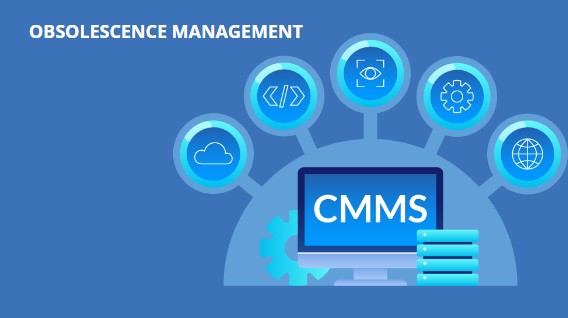
Obsolescence Management with CMMS system
Madhurima Sanyal |
20 Jan 2024 |
15:13 PM
- Defining Asset Obsolescence
- Why Does Managing Obsolescence Matter?
- Business Imperatives of Proactive Obsolescence Management
- Strategies for Effective Obsolescence Management
- Proactive Measures to Mitigate Obsolescence Risks
- Implementing Best Practices for Sustainable Asset Management
- Does Managing Obsolescence Mean Replacing Equipment?
- Cost-Benefit Analysis of Equipment Replacement
- Utilizing CMMS to Track and Manage Parts
- Leveraging CMMS for Parts Inventory Optimization
- Real-time Tracking and Forecasting with CMMS
- CMMS and Regulatory Compliance
- Ensuring Compliance in Obsolescence Management strategy
- Meeting Industry Standards with CMMS Integration
- Issues Stemming from Obsolete Parts
- How to Better Manage Your CMMS from Implementation to End of Asset Life cycle management
- Steps in the CMMS Software Implementation Process
- Conclusion
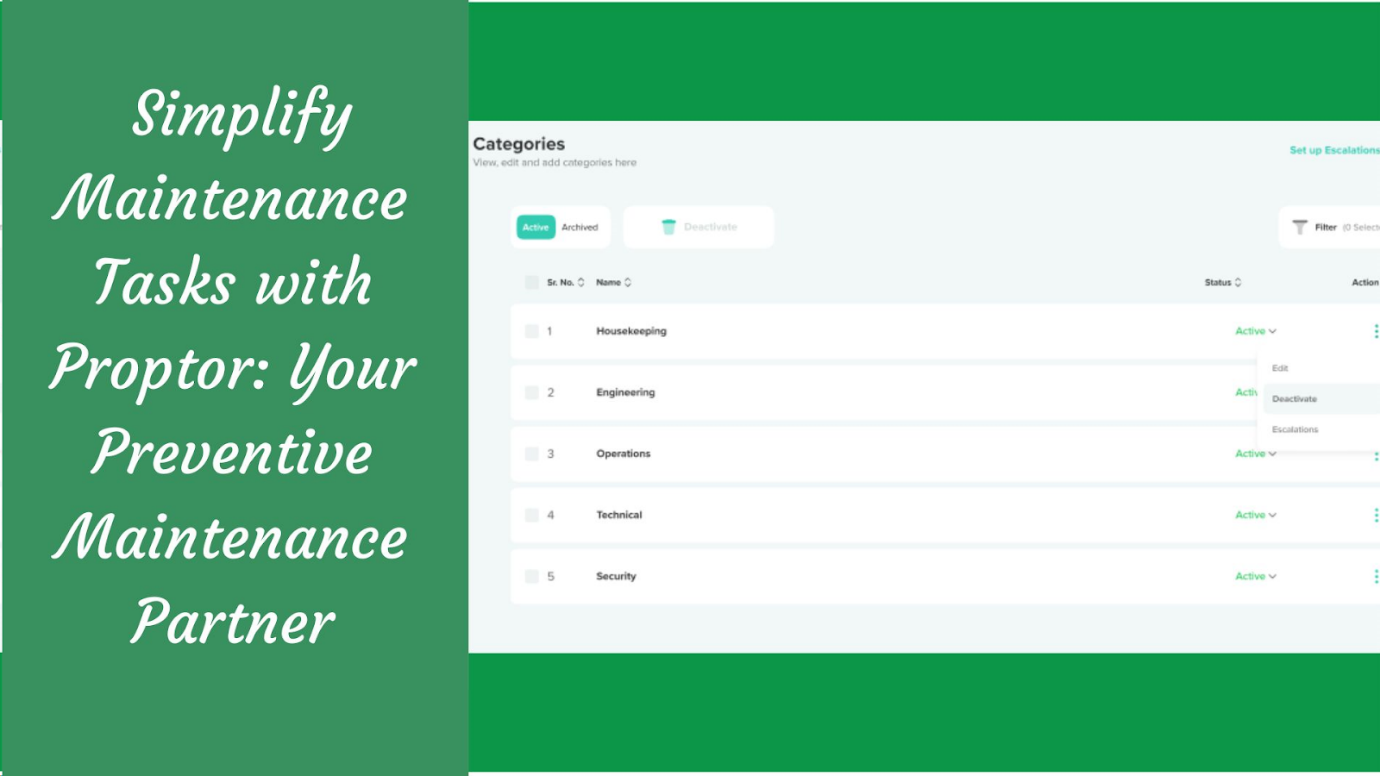
Simplify Maintenance Tasks with Proptor: Your Preventive Maintenance Partner
Shubham Vakharia 05 Jun 2024 | 10:00 AMDiscover how Proptor App streamlines preventive maintenance for property owners and managers, making it easier to schedule tasks, track costs, and ensure timely upkeep for your properties. Get started today! ...
Understanding Asset Obsolescence
In the fast-paced landscape of modern industries, comprehending Asset Obsolescence is pivotal for sustained success. Let's delve into what this term truly means and why managing it should be a top priority.
Defining Asset Obsolescence
Asset Obsolescence refers to the inevitable decline of an asset's usefulness and relevance within the operational environment. It's not just about aging equipment; it involves understanding when a piece of machinery or technology is no longer cost-effective, efficient, or compliant with evolving industry standards.
Why Does Managing Obsolescence Matter?
Obsolescence Management is not merely a task; it's a strategic imperative for any forward-thinking organization. The ramifications of neglecting this aspect can be severe, impacting operational efficiency, financial stability, and even regulatory compliance.
Business Imperatives of Proactive Obsolescence Management
Proactive Obsolescence Management goes beyond reactive solutions. It's about staying ahead of the curve, predicting potential issues before they disrupt operations. This proactive stance holds several business imperatives:
-
Cost Savings: Proactively managing obsolescence helps in allocating budgets wisely, preventing sudden, costly equipment replacements.
-
Operational Continuity: Ensuring that assets remain up-to-date guarantees smooth operations, preventing unexpected downtimes.
-
Regulatory Compliance: Adhering to industry regulations becomes seamless when assets are continually assessed and updated.
Strategies for Effective Obsolescence Management
Navigating the realm of Obsolescence Management requires a proactive and strategic approach. There are practical measures to mitigate obsolescence risks, strike a balance between maintenance costs and asset longevity, and implement best practices for sustainable asset management.
Proactive Measures to Mitigate Obsolescence Risks
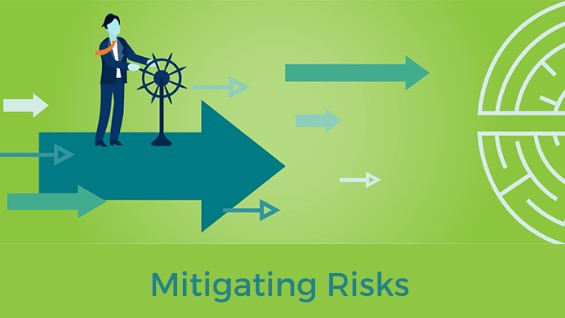
Adopting proactive measures is like having a radar for obsolescence risks. Leverage your CMMS system to predict potential obsolescence issues, identify aging components, and implement timely updates. By staying ahead, you not only prevent costly breakdowns but also ensure seamless operations.
Implementing Best Practices for Sustainable Asset Management
-
Integration of ESG Criteria:Integrate environmental, social, and governance factors into investment decisions to enhance long-term financial performance and mitigate risks associated with sustainability issues.
-
Stakeholder Engagement:Actively engage with shareholders and stakeholders to understand their sustainability expectations and concerns, fostering transparency and trust in sustainable asset management practices.
-
Screening and Exclusion Policies:Develop and enforce screening criteria to exclude investments that do not align with established sustainability standards, promoting ethical and responsible investment practices.
-
Data Management and Reporting:Implement robust data management systems to collect and report on ESG metrics, providing transparent insights into the environmental and social impacts of investment portfolios.
-
Continuous Improvement and Adaptation:Foster a culture of continuous improvement by regularly reviewing and updating sustainable asset management policies and procedures to align with evolving ESG trends, regulations, and industry best practices
Does Managing Obsolescence Mean Replacing Equipment?
Weighing the Options: Repair, Upgrade, or Replace
When faced with obsolescence, your equipment demands a careful evaluation. Weighing the options involves assessing the extent of obsolescence, considering the potential benefits of repairing, upgrading, or replacing, and determining the most viable course of action.
Cost-Benefit Analysis of Equipment Replacement
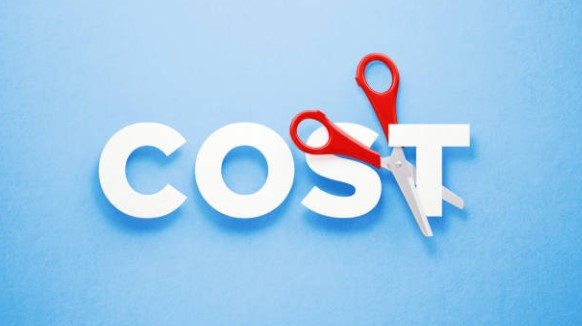
Conducting a cost-benefit analysis for equipment replacement involves evaluating upfront and operating costs, considering factors such as increased efficiency, reduced downtime, and potential energy savings. Intangible benefits, like quality improvement and technological advancements, should be weighed alongside financial metrics such as ROI, payback period, and net present value.
Utilizing CMMS to Track and Manage Parts
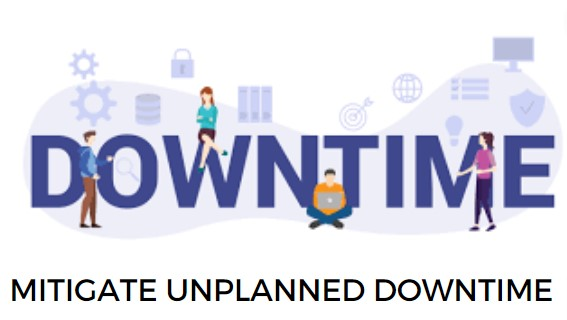
Leveraging CMMS for Parts Inventory Optimization
Leveraging a Computerized Maintenance Management System (CMMS) for parts inventory optimization involves using the system's capabilities to streamline and enhance the management of spare parts. This includes features such as automated reorder processes, real-time tracking, and analysis of usage patterns. By leveraging CMMS, organizations can optimize inventory levels, minimize stockouts and excesses, improve overall operational efficiency, and ensure that the right parts are available when needed, leading to cost savings and improved maintenance performance.
Real-time Tracking and Forecasting with CMMS
Real-time tracking and forecasting with a Computerized Maintenance Management System (CMMS) enable organizations to monitor the status and location of parts in real-time. CMMS systems utilize data analytics and historical information to forecast spare parts needs. This proactive approach allows for efficient inventory management, reduces the risk of stockouts or overstock situations, and enhances overall maintenance planning, contributing to improved operational efficiency and cost-effectiveness.
CMMS and Regulatory Compliance

Ensuring Compliance in Obsolescence Management strategy
Navigating through regulations in the context of obsolescence management requires a strategic approach. A robust CMMS system acts as your compliance compass, ensuring that your operations align with the ever-evolving legal landscape.

Ensuring compliance in obsolescence management involves regularly assessing industry regulations and standards, while integrating these requirements into the strategy to mitigate risks associated with obsolete components and ensure continued system reliability. Implementing documentation procedures and tracking mechanisms further aids in maintaining compliance and facilitating smooth transitions during component replacements in the obsolescence management strategy.
Meeting Industry Standards with CMMS Integration
Integrating a Computerized Maintenance Management System (CMMS) allows organizations to streamline maintenance processes, ensuring compliance with industry standards by automating workflows, tracking key performance indicators, and facilitating real-time reporting on equipment maintenance and regulatory requirements. This integration enhances overall operational efficiency and supports a proactive approach to meet and exceed industry standards in maintenance management.
Issues Stemming from Obsolete Parts
Operational Disruptions Caused by Obsolete Parts
Obsolete equipment can lead to operational disruptions, affecting production timelines and efficiency; proactive obsolescence management strategies, such as inventory tracking and timely replacements, are crucial to mitigate these obsolescence risk.
Financial Implications of Parts Obsolescence
Parts obsolescence poses financial challenges, including increased maintenance costs, potential production downtimes, and the need for expensive workarounds; adopting a cost-effective obsolescence management plan that balances replacement costs and budget constraints is essential to minimize financial impacts.
Addressing Critical Issues for Business Continuity
To ensure business continuity, addressing critical issues like parts obsolescence involves proactive planning, regular assessments of existing equipment life cycles, and strategic investments in technology and inventory management, allowing organizations to navigate challenges and manage health of critical equipment.
How to Better Manage Your CMMS from Implementation to End of Asset Life cycle management
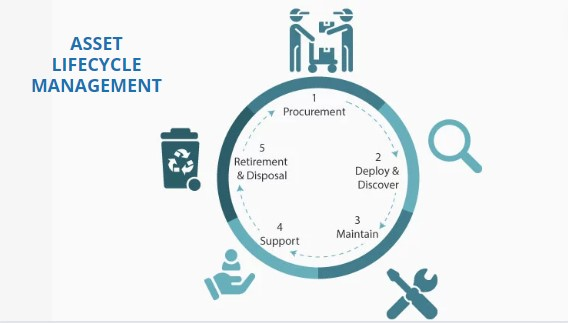
Optimizing Asset Lifecycle with CMMS
Effectively utilizing a Computerized Maintenance Management System (CMMS) enhances the entire asset lifecycle, enabling proactive maintenance, streamlined operations, and data-driven decision-making from acquisition to disposal.
From Implementation to End of Life: Your Guide
Proptor provides a comprehensive guide navigates through the entire lifecycle of an asset, offering insights from initial implementation strategies, ongoing maintenance optimization, to considerations for the end-of-life phase. It serves as a roadmap for organizations seeking a holistic approach to maximize asset performance, efficiency, and sustainability throughout its entire lifespan.
Steps in the CMMS Software Implementation Process
-
Planning and Strategy: Laying the Foundation- Establish a solid foundation by meticulously planning and strategizing the CMMS implementation process, with a particular focus on managing obsolescence risks to align with organizational goals and requirements.
-
Data Organization and Migration: Ensuring Data Accuracy - Ensure data accuracy and integrity by organizing and migrating existing information into the CMMS system, laying the groundwork for effective asset management, including measures to manage obsolescence throughout the data transition.

-
CMMS Configuration and Testing: Customizing for Optimal Performance - Customize the CMMS system to match organizational needs, thoroughly test its functionality, and optimize configurations for optimal performance, specifically addressing features that manage obsolescence risks effectively.
-
Onboarding and Training: Empowering Your Team - Empower your team by providing comprehensive onboarding and training sessions, ensuring they are proficient in utilizing the CMMS tools effectively, particularly those designed to manage obsolescence and ensure proactive decision-making.

-
Installation and Go-live: Transitioning Seamlessly - Facilitate a smooth transition by installing the CMMS system and executing a successful go-live process, minimizing daily disruptions, and preventing obsolete equipment situations through proactive management measures.
-
Monitoring and Continuous Improvement: Evolving with Industry Changes - Maintain vigilant monitoring of CMMS performance, embracing a culture of continuous improvement to adapt to evolving industry changes, specifically focusing on enhancing obsolescence management capabilities and maximizing the effectiveness of automation systems.
Conclusion
In the dynamic landscape of modern industries, managing the entire lifecycle of assets, from implementation to end-of-life, is a strategic imperative. Understanding and addressing obsolescence issues is pivotal, as neglecting this aspect can lead to severe ramifications affecting operational efficiency, financial stability, and regulatory compliance.
This guide has explored the significance of managing obsolescence proactively, emphasizing cost savings, operational continuity, and regulatory compliance as business imperatives. It has delved into strategies for effective obsolescence management, including leveraging CMMS for real-time tracking, optimizing parts inventory, and ensuring compliance with industry standards.
The implementation of CMMS encompasses a strategic process, spanning from meticulous planning and data organization to configuration, training, and continuous improvement. This comprehensive guide serves as a roadmap for organizations, empowering them to navigate the complexities of asset management, including critical aspects like obsolescence management.
By leveraging CMMS tools, businesses can make informed decisions, proactively address obsolescence risks, and optimize the performance, efficiency, and sustainability of their assets throughout their entire lifespan. This strategic approach not only ensures operational continuity but also positions organizations to adapt to evolving industry changes and compliance requirements, contributing to long-term success in asset management.